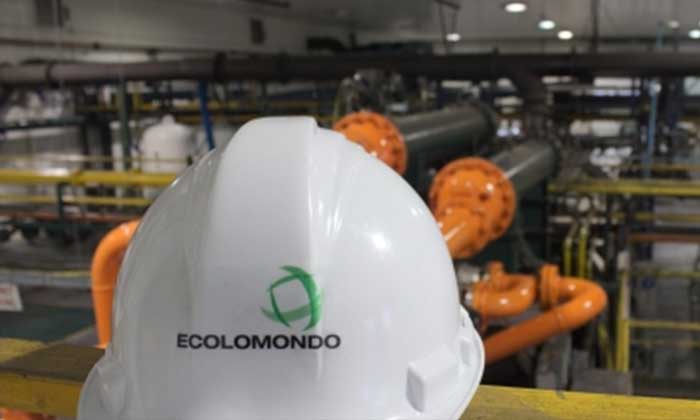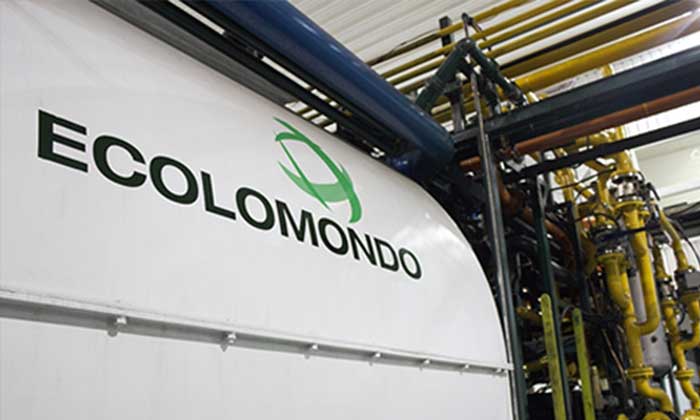Road Research Board looks at what Australia has been achieving in tire recycling
The global scrap tire problem has urged a number of business and researchers to seek advancement of circular economy. One of the global institutions that showed their concern with the issue is the Australian Road Research Board. It assessed on what level the sustainability is right now, and it looked at uptake of innovative recycled materials, including end-of-life rubber materials, in roads.
The board claims that it has become a must now to turn to sustainability if one seeks to improve economically, socially, environmentally and on a level of governance. Australia’s infrastructure industry is seeking to show results that environmental damage have been reduced. Authorities are making efforts to advance sustainability by cutting greenhouse gas emissions, creating jobs for locals and rationally handling tire waste so it does not end up at landfills. And this is where scrap tires come in handy as they can be recycled to get valuable products promoting sustainability.
Road paving projects using recycled tires in rubberized asphalt supported by Tyre Stewardship Australia. Video by TSA.
An Infrastructure Sustainability Council of Australia rating has been introduced to encourage infrastructure projects take part in independent assessment that can reveal the reached level of innovation, sustainability and continuous improvement and compared to business-as-usual. This assessment praises the use of more sustainable pavement technologies that relies on recycled scrap tires.
Numerous innovative pavement technologies have been created after the National Asset Centre of Excellence (NACoE) teamed up with between Transport and Main Roads in Queensland and the Australian Road Research Board (ARRB). Trials have been conducted to see how they function on roads.
ARRB highlighted the benefits and encouraged the use of four scrap tire technologies. They are: reclaimed asphalt pavement (RAP), crumbed rubber in binders, foam bitumen stabilised (FBS) Bases and local marginal materials.
Article by Waste Management Review.
Weibold is an international consulting company specializing exclusively in end-of-life tire recycling and pyrolysis. Since 1999, we have helped companies grow and build profitable businesses.









